Introduction To Burrata Cheese And Mozzarella
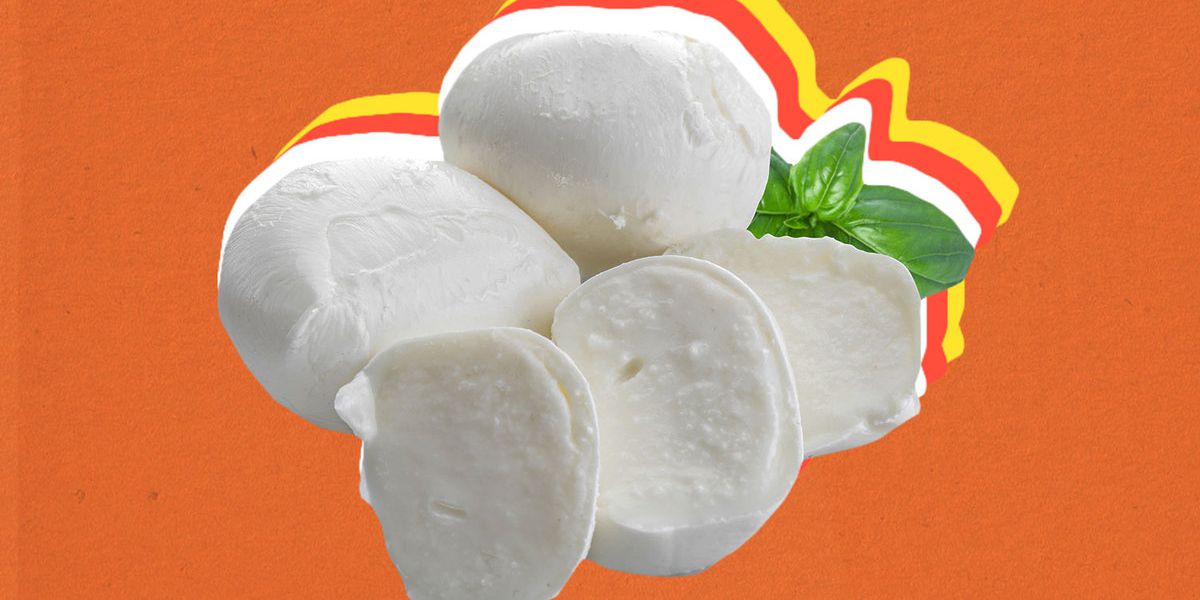
Burrata cheese and mozzarella are both well-loved Italian cheeses that are known for their creamy texture and delicate flavors. Burrata, which translates to “buttery” in Italian, is a type of fresh cheese that originated in the region of Puglia. It is made from mozzarella and filled with a creamy center made of stracciatella and cream. On the other hand, mozzarella cheese is a semi-soft cheese with a mild and milky flavor. It is made through a stretching and kneading process that gives it its characteristic stretchy texture. Both cheeses are versatile and can be used in a variety of dishes, making them a favorite among cheese lovers.
What Is Burrata Cheese?
Burrata cheese is a type of Italian fresh cheese that originated in the region of Puglia. It is made from mozzarella cheese, which is stretched and formed into a pouch-like shape. The pouch is then filled with a creamy center made of stracciatella (shreds of mozzarella) and cream. The name “burrata” translates to “buttery” in Italian, which perfectly describes its rich and indulgent flavor. Burrata is known for its incredibly creamy texture and delicate taste, making it a favorite among cheese lovers. It is often enjoyed on its own or used in various dishes and salads.
What Is Mozzarella Cheese?
Mozzarella cheese is a semi-soft Italian cheese known for its mild and milky flavor. It is typically made from cow or water buffalo milk and has a stretchy and elastic texture when melted. Mozzarella is most commonly used in dishes like pizza and caprese salad, where its creamy texture and mild flavor complement the other ingredients. It is also a popular choice for melting and grilling due to its ability to form a gooey and stringy layer. Mozzarella cheese is versatile and widely enjoyed in both hot and cold dishes.
Burrata Cheese: Taste And Texture
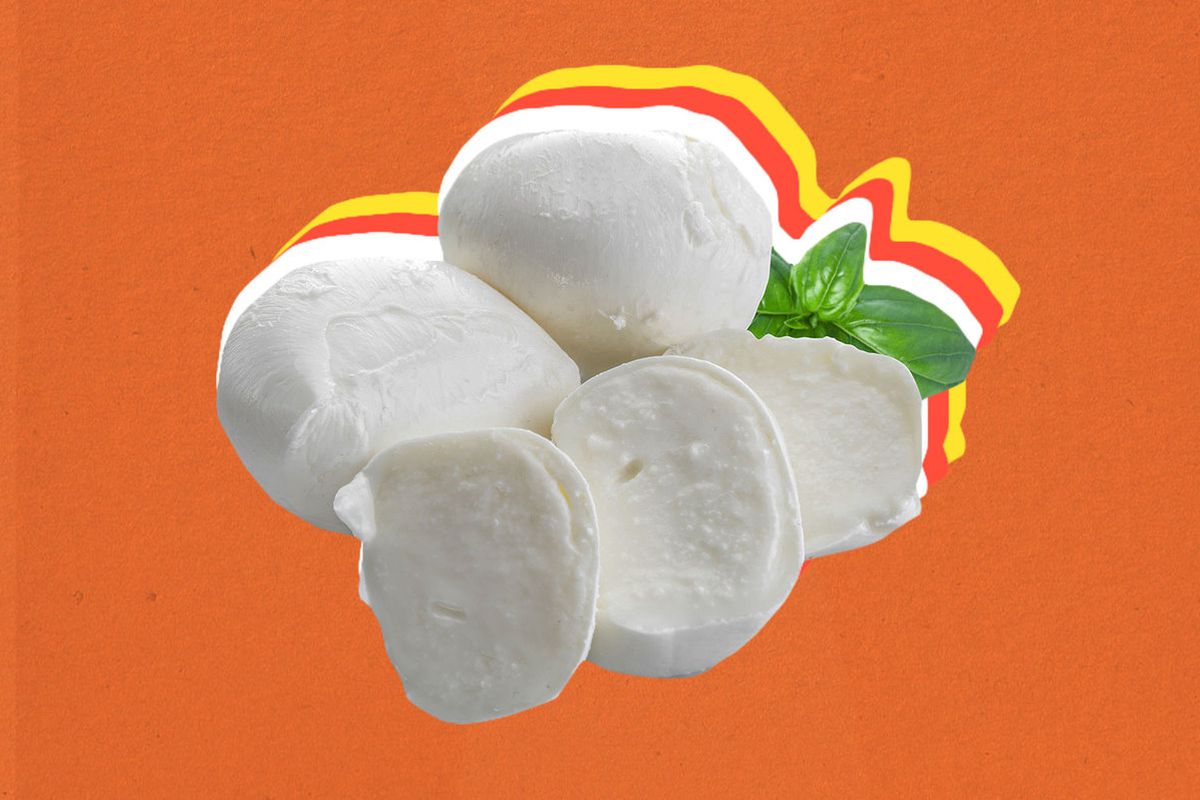
Burrata cheese is renowned for its creamy and rich taste. It offers a luscious and buttery flavor that is more pronounced compared to mozzarella cheese. The texture of burrata is another distinguishing factor, as it has a soft and delicate consistency. When you cut into the burrata, you will find a creamy and spreadable center surrounded by a firmer outer pouch. It provides a delightful contrast of textures in every bite. The combination of its indulgent taste and velvety texture makes burrata a truly luxurious and decadent cheese.
Creaminess And Richness Of Burrata Cheese
Burrata cheese is renowned for its creamy and rich taste. It offers a luscious and buttery flavor that is more pronounced compared to mozzarella cheese. The texture of burrata is another distinguishing factor, as it has a soft and delicate consistency. When you cut into the burrata, you will find a creamy and spreadable center surrounded by a firmer outer pouch. It provides a delightful contrast of textures in every bite. The combination of its indulgent taste and velvety texture makes burrata a truly luxurious and decadent cheese.
Soft And Delicate Texture Of Burrata Cheese
The soft and delicate texture of Burrata Cheese is one of its defining characteristics. When you slice into a ball of Burrata, you will find a luxurious and creamy center surrounded by a firmer outer pouch. The center is incredibly smooth and spreadable, almost like a rich, velvety cream. The contrast between the soft and creamy center and the slightly firmer outer layer creates a delightful textural experience. It’s this delicate texture that makes Burrata such a luxurious and indulgent cheese, perfect for spreading on fresh bread or enjoying on its own.
Mozzarella Cheese: Taste And Texture
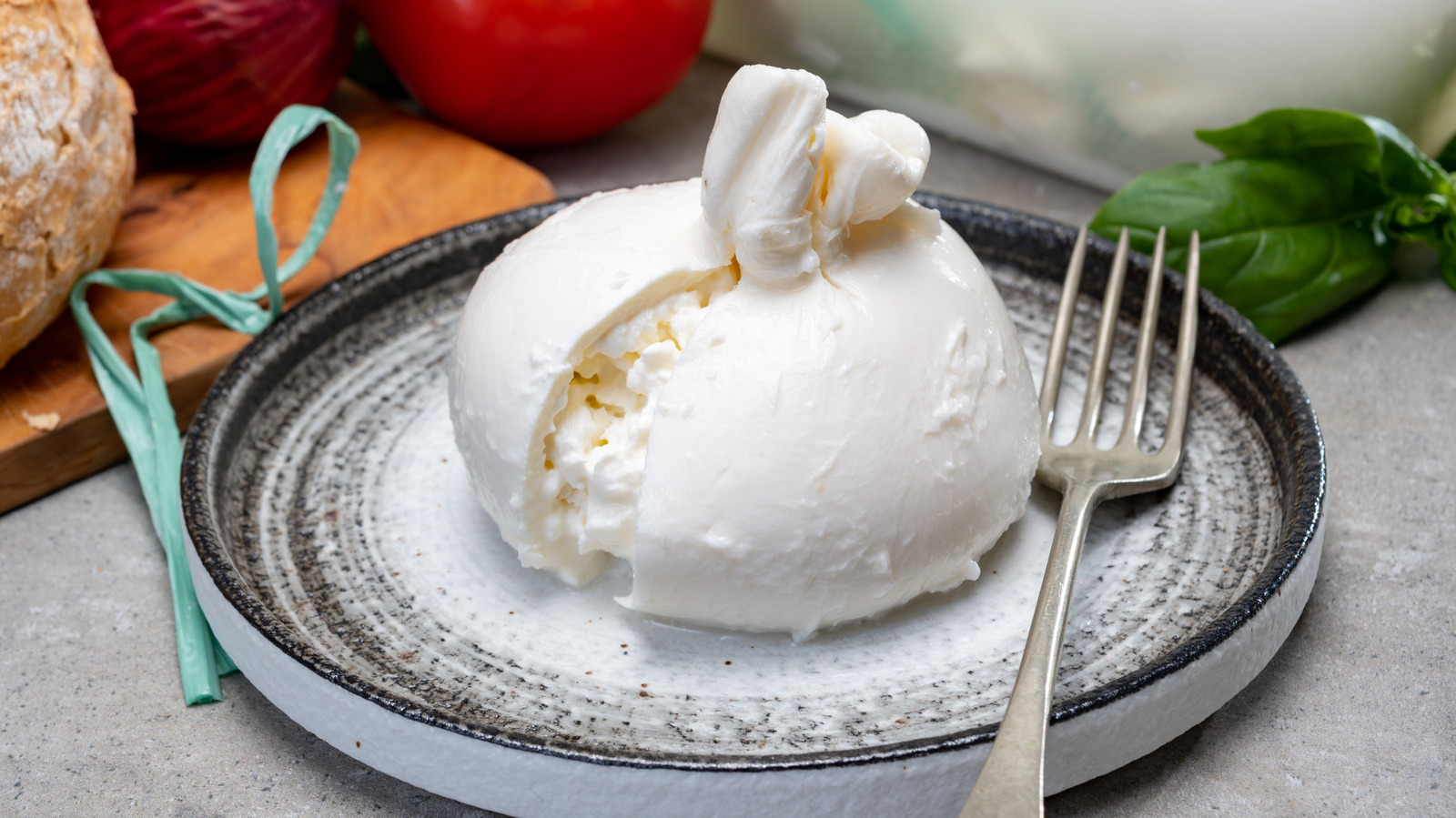
Mozzarella cheese is known for its mild and milky flavor. It has a subtle tanginess that adds a refreshing element to any dish. The texture of mozzarella is stretchy, elastic, and slightly springy when fresh. When melted, it becomes gooey and stringy, making it perfect for pizza or grilled cheese sandwiches. The smooth and creamy texture makes mozzarella a versatile cheese that can be sliced, grated, or melted effortlessly. It is a popular choice for salads, pasta dishes, and Italian classics like caprese salad.
Mild And Milky Flavor Of Mozzarella Cheese
Mozzarella cheese is known for its mild and milky flavor. It has a subtle tanginess that adds a refreshing element to any dish. The taste is not overpowering, making it a versatile cheese that can be paired with a variety of ingredients. Whether melted in a pizza or sliced in a caprese salad, the mildness of mozzarella allows other flavors to shine while adding a creamy and delicate touch. Its subtle flavor makes it a crowd-pleaser and a popular choice in many Italian dishes.
Stretchy And Elastic Texture Of Mozzarella Cheese
Mozzarella cheese is known for its characteristic stretchiness and elasticity. When heated, mozzarella cheese melts and forms long, stringy strands, making it perfect for pizza and other melted cheese applications. This unique texture is due to the high water content and the way the proteins in the cheese align and bond when heated. It creates a satisfying, chewy texture that adds a fun element to dishes. Whether in gooey pizza toppings or in a perfectly melted sandwich, the stretchiness of mozzarella adds a delightful mouthfeel and enhances the overall eating experience.
Burrata Cheese: Production Process And Ingredients
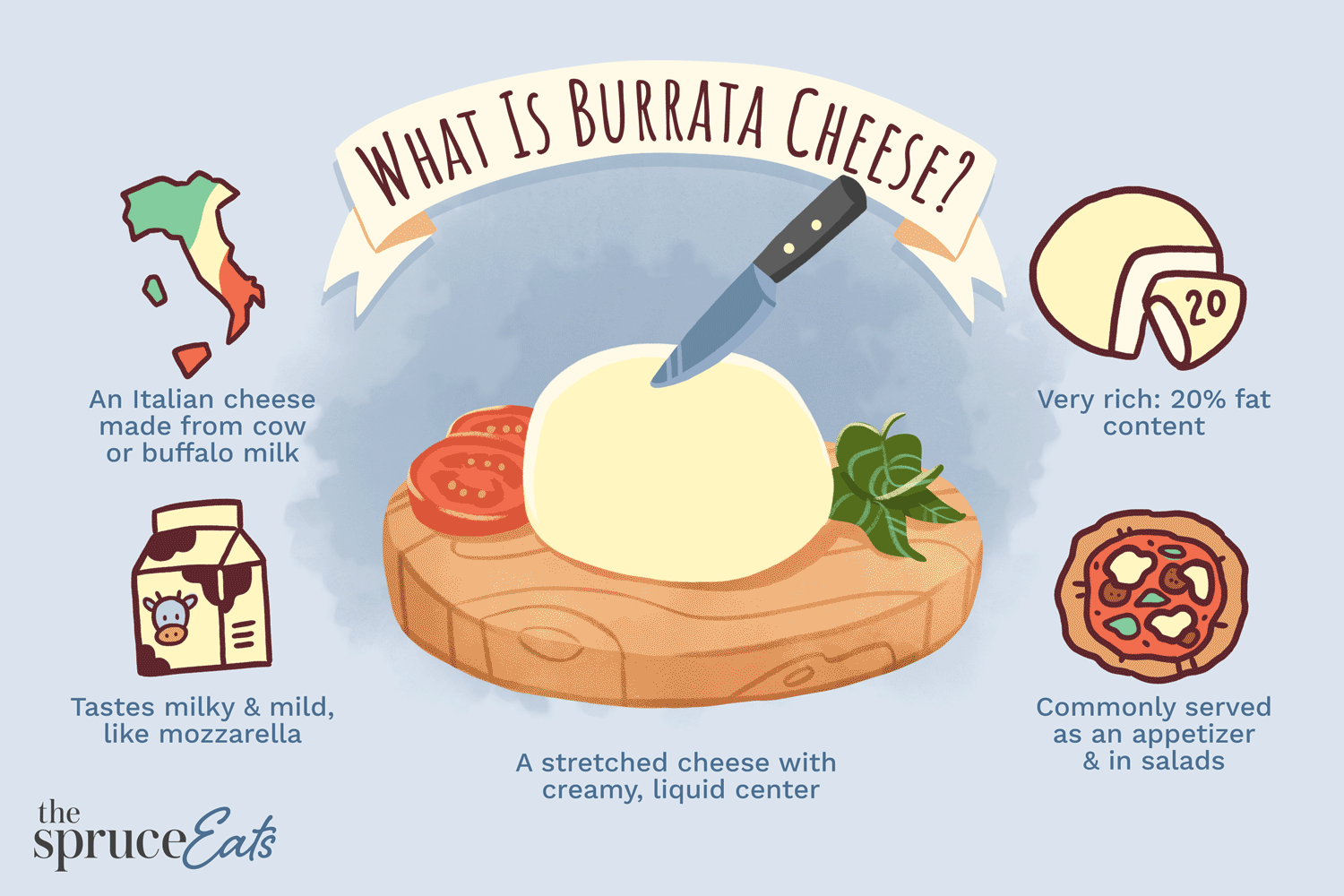
The production process of Burrata cheese involves several traditional steps. First, fresh cow’s milk is heated and curdled using rennet or other coagulants. The curds are then cut into small pieces and heated again to remove whey. The curds are stretched and kneaded to achieve a smooth and elastic texture. Next, a portion of the stretched curd is filled with a mixture of cream and soft curd pieces, creating the creamy center of the Burrata cheese. The filled curd is then carefully wrapped and shaped into a pouch or knot. The cheese is typically immersed in a brine solution to enhance its flavor and preserve its freshness. The key ingredients used in making Burrata cheese include cow’s milk, rennet, cream, and salt.
Traditional Production Process Of Burrata Cheese
The traditional production process of Burrata cheese involves several steps. First, fresh cow’s milk is heated and curdled using rennet or other coagulants. The curds are then cut into small pieces and heated again to remove whey. The curds are stretched and kneaded to achieve a smooth and elastic texture. Next, a portion of the stretched curd is filled with a mixture of cream and soft curd pieces, creating the creamy center of the Burrata cheese. The filled curd is then carefully wrapped and shaped into a pouch or knot. The cheese is typically immersed in a brine solution to enhance its flavor and preserve its freshness.
Key Ingredients Used In Making Burrata Cheese
The key ingredients used in making Burrata cheese include fresh cow’s milk, rennet or other coagulants, cream, and a brine solution. Fresh cow’s milk is the main ingredient, providing the base for the cheese. Rennet or other coagulants are used to curdle the milk and form the curds necessary for cheese production. Cream is added to create the creamy center of the Burrata cheese, which sets it apart from Mozzarella. Lastly, the cheese is immersed in a brine solution to enhance its flavor and preserve its freshness.
Mozzarella Cheese: Production Process And Ingredients
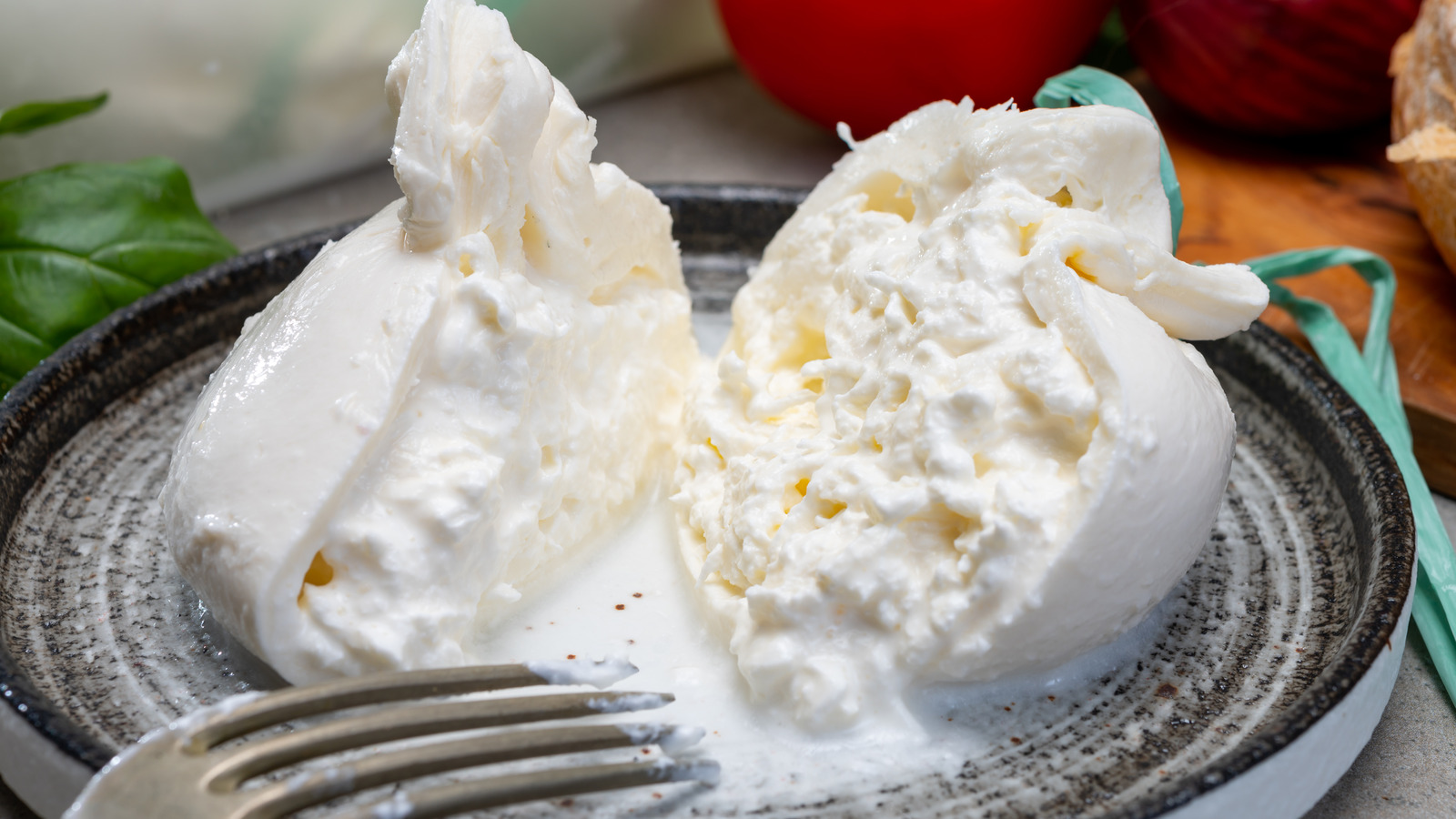
Mozzarella cheese is traditionally made from buffalo milk or cow’s milk. The production process starts by heating the milk and adding a starter culture, which helps to convert lactose into lactic acid. Then, rennet or another coagulant is added to form the curds. The curds are cut into small pieces and heated until they reach the desired consistency. The whey is drained, and the curds are stretched and kneaded to create the characteristic stretchy and elastic texture of mozzarella cheese. Finally, the cheese is shaped into balls or other forms and immersed in a brine solution to enhance its flavor and extend its shelf life.
Traditional Production Process Of Mozzarella Cheese
The traditional production process of Mozzarella cheese involves heating cow’s milk and adding a starter culture to convert lactose into lactic acid. Rennet or another coagulant is then added to form curds, which are cut into small pieces. The curds are heated until they reach the desired consistency. The whey is drained, and the curds are stretched and kneaded to create the characteristic stretchy and elastic texture of Mozzarella cheese. The cheese is then shaped into balls or other forms and immersed in a brine solution to enhance its flavor and prolong its shelf life.
Key Ingredients Used In Making Mozzarella Cheese
The key ingredients used in making Mozzarella Cheese are cow’s milk, a starter culture, rennet or another coagulant, and a brine solution. Cow’s milk is the primary ingredient and provides the creamy base for the cheese. A starter culture is added to convert lactose into lactic acid, which aids in the fermentation process. Rennet or another coagulant is added to form curds, which are the basis for cheese. Finally, the cheese is immersed in a brine solution to enhance its flavor and prolong its shelf life. The combination of these ingredients results in the delicious and stretchy texture of Mozzarella Cheese.
Conclusion: Choosing Between Burrata Cheese And Mozzarella Cheese
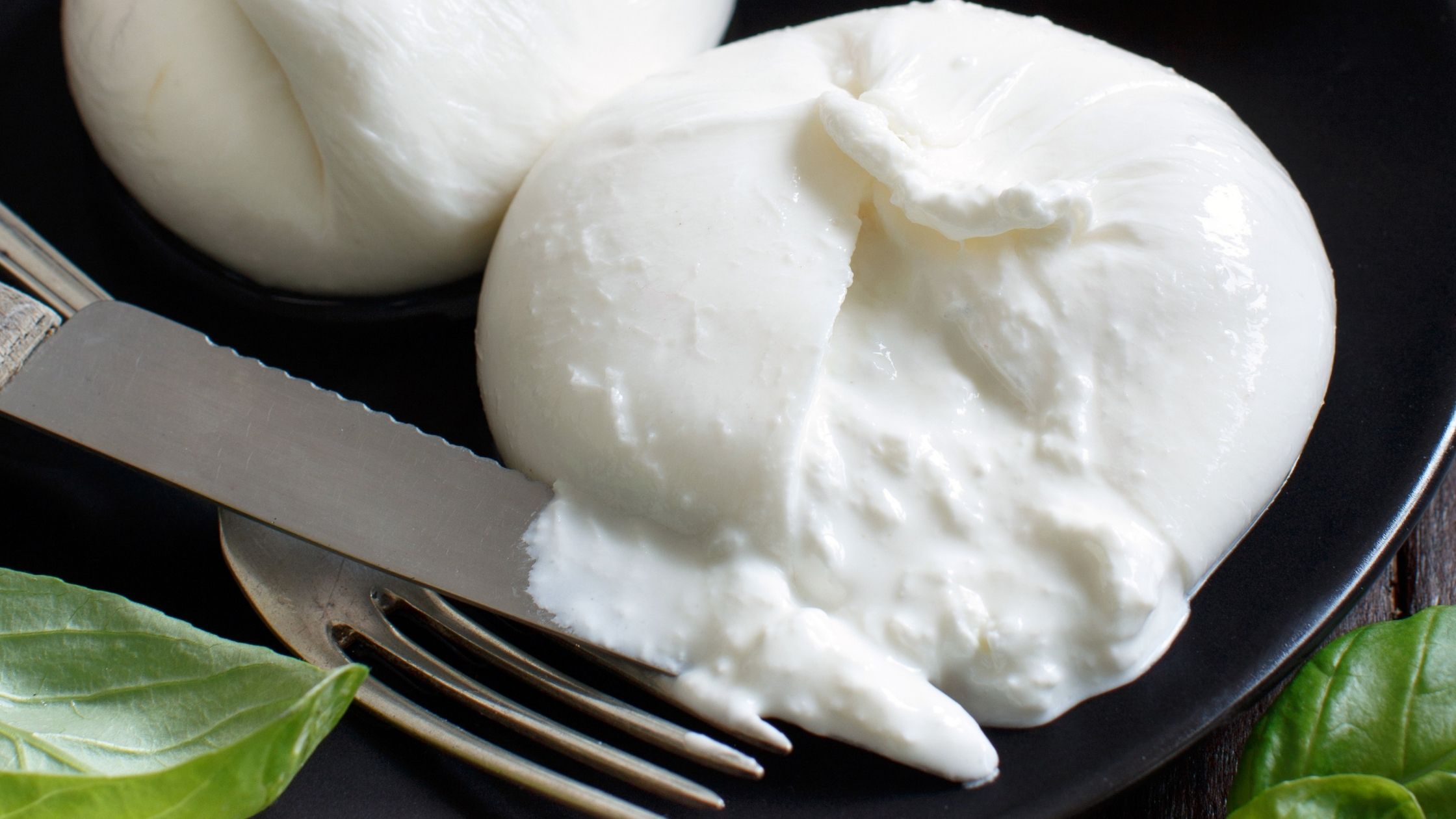
When it comes to choosing between Burrata Cheese and Mozzarella Cheese, it ultimately depends on your personal preference and the dish you’re preparing. Burrata Cheese offers a creamy and rich flavor with a soft and delicate texture, making it perfect for indulgent dishes. On the other hand, Mozzarella Cheese has a mild and milky flavor with a stretchy and elastic texture, making it ideal for pizzas, sandwiches, and salads. Consider the flavor profile and texture that you desire, and let that guide your decision when choosing between these two delightful cheeses.
Differences In Flavor Profiles
Burrata cheese and mozzarella cheese have distinct flavor profiles that set them apart. Burrata cheese is known for its creamy and rich taste, with a hint of sweetness. It has a decadent and indulgent flavor that pairs well with a variety of ingredients. On the other hand, mozzarella cheese has a mild and milky flavor with a slightly tangy undertone. It is more subtle in taste and allows other ingredients to shine in dishes like pizza or salads. The differences in flavor profiles make each cheese unique and suitable for different culinary creations.
Best Uses For Each Type Of Cheese
Burrata cheese is best enjoyed in dishes that highlight its creamy and indulgent flavor. It adds a decadent touch to salads, pasta dishes, and bruschetta. Burrata is also delicious when served with fresh tomatoes and drizzled with olive oil and balsamic vinegar. On the other hand, mozzarella cheese is perfect for melting and stretching, making it ideal for pizzas, lasagnas, and caprese salads. Its mild and milky flavor complements a variety of ingredients, allowing them to shine in the dish. Whether you choose burrata or mozzarella, both cheeses are versatile and can elevate any culinary creation.
FAQ: Burrata Cheese vs Mozzarella
Q: What is the difference between Burrata cheese and Mozzarella?
A: While both Burrata cheese and Mozzarella are Italian cheeses made from cow’s milk, they have distinct differences in terms of flavor, texture, and preparation.
Q: What is Burrata cheese?
A: Burrata is a soft Italian cheese known for its creamy and rich interior. It is made by encasing a mixture of cream and stringy curds (pulled from buffalo or cow’s milk) within a silky smooth exterior layer of mozzarella.
Q: How does Burrata cheese taste compared to Mozzarella?
A: Burrata cheese has a delicate, buttery flavor with hints of sweetness and a subtle tang. Its creamy, runny center adds richness to the taste, making it more indulgent than traditional Mozzarella, which has a mild, milky flavor.
Q: How is Burrata cheese different from Mozzarella?
A: Unlike Mozzarella, which is meant to be consumed fresh, Burrata undergoes an additional step in its production process. The curds used for making Burrata are stretched and shaped into a pouch, then filled with cream and curd bits before being sealed. This results in a cheese that is creamier and oozes when cut.
Q: How can Burrata cheese be enjoyed?
A: Burrata cheese is highly versatile and can be enjoyed in various ways. It can be served with ripe tomatoes and basil in a classic Caprese salad, spread onto crusty bread, or used to enhance the flavor of pasta dishes. It is also delicious paired with prosciutto, roasted vegetables, or drizzled with balsamic glaze.
Q: How should Burrata cheese be stored?
A: Burrata cheese should be kept refrigerated and consumed within a few days of purchase, as it is best enjoyed fresh. It is recommended to store it in an airtight container or wrapped tightly in plastic wrap to prevent any moisture loss which may affect its texture.
Q: Is Mozzarella a suitable substitute for Burrata cheese?
A: While both cheeses have their own unique characteristics, Mozzarella can be used as a substitute for Burrata in certain dishes. Although it lacks the creamy filling, Mozzarella can still provide a similar taste and texture when used in recipes that call for Burrata.
Q: Can Burrata cheese be frozen?
A: It is not recommended to freeze Burrata cheese as it can significantly alter its texture and taste. Freezing can cause the cream-filled center to become grainy and lose its creamy consistency, resulting in a less enjoyable eating experience.
Q: Which cheese is healthier, Burrata or Mozzarella?
A: In terms of nutritional content, Mozzarella is considered slightly healthier than Burrata. Mozzarella typically has a lower fat and calorie content due to the absence of added cream. However, both cheeses are excellent sources of calcium and protein.
In summary, while Burrata and Mozzarella are both beloved Italian cheeses, Burrata stands out with its velvety, creamy center, while Mozzarella offers a more mild and milky flavor. Each has its own place in various culinary creations, and the choice between the two depends on personal preferences and the intended use.

Everyone has had a recipe that looked great on paper but ended up burning once you got into the kitchen. Obviously, a recipe isn’t just about what ingredients go into it. Knowing how you prepare a dish has a strong impact on how it finally tastes.